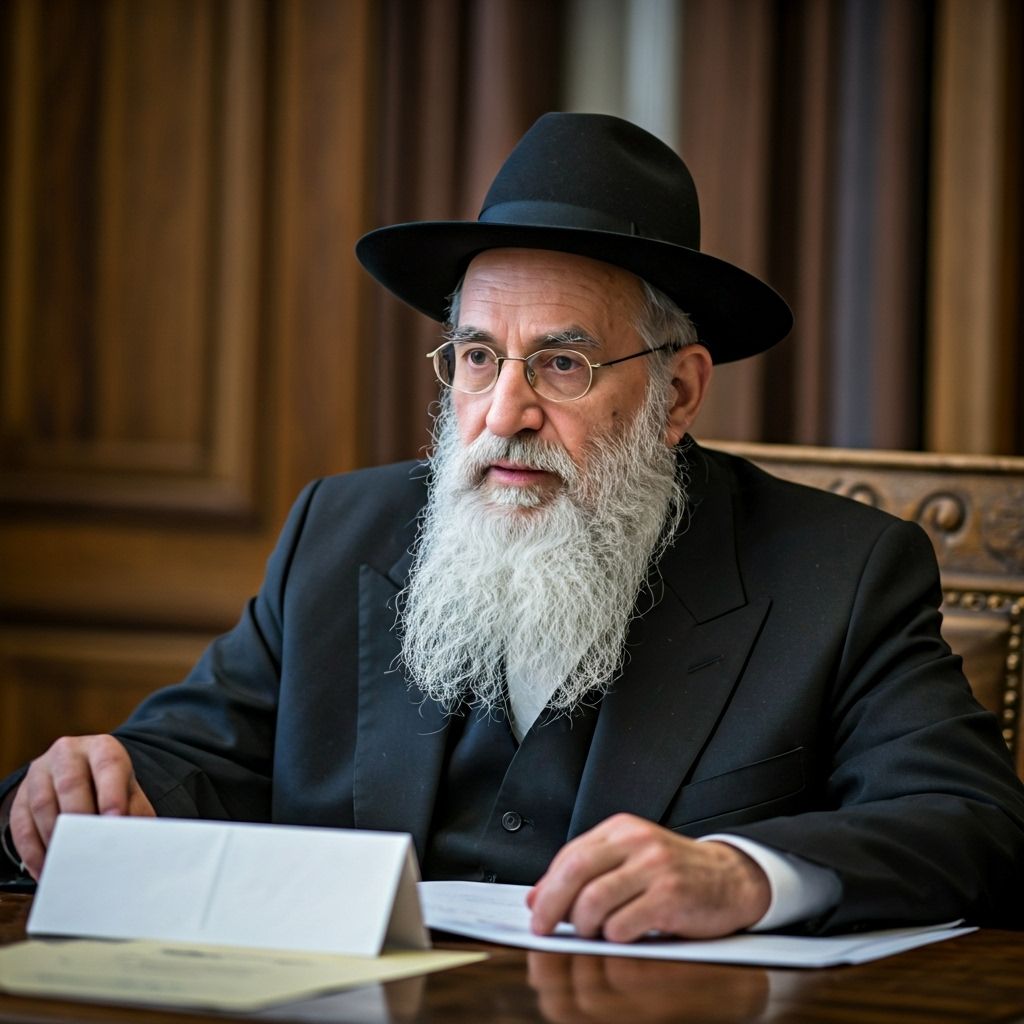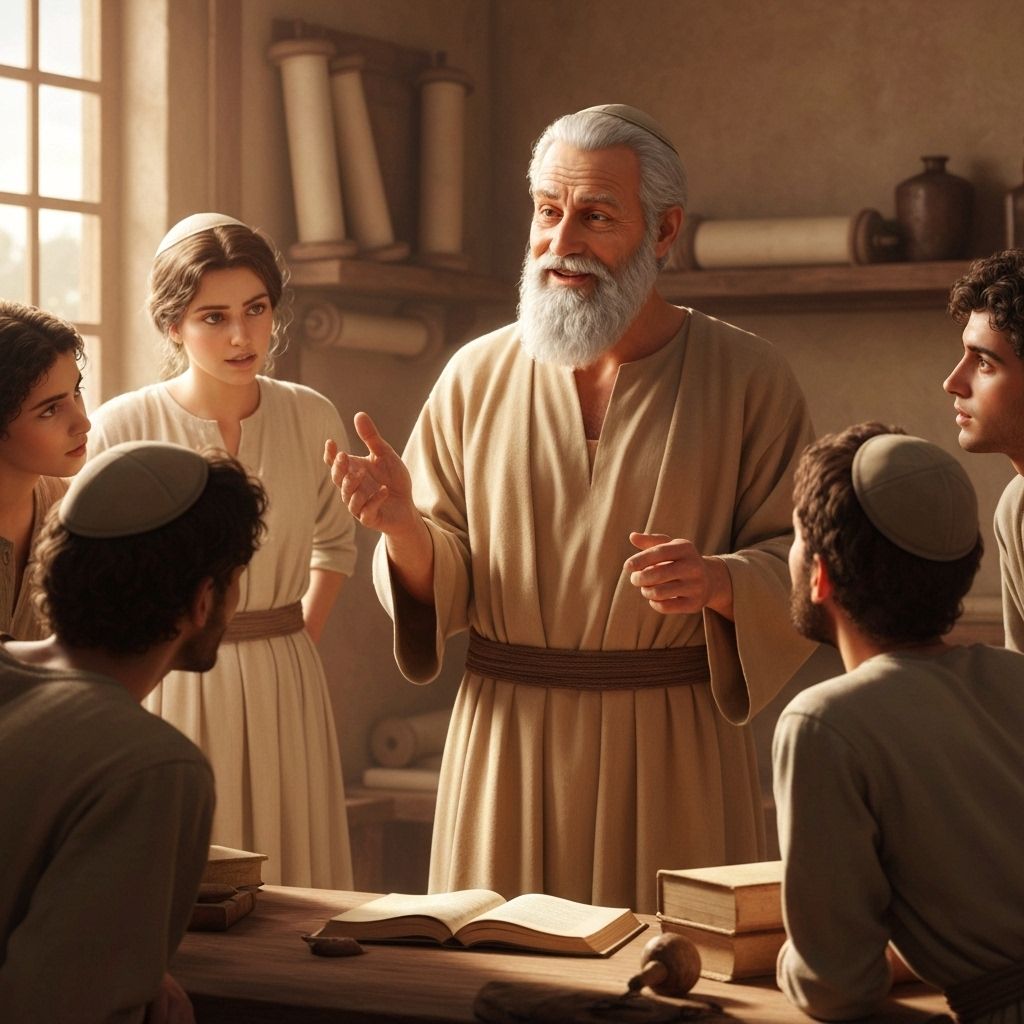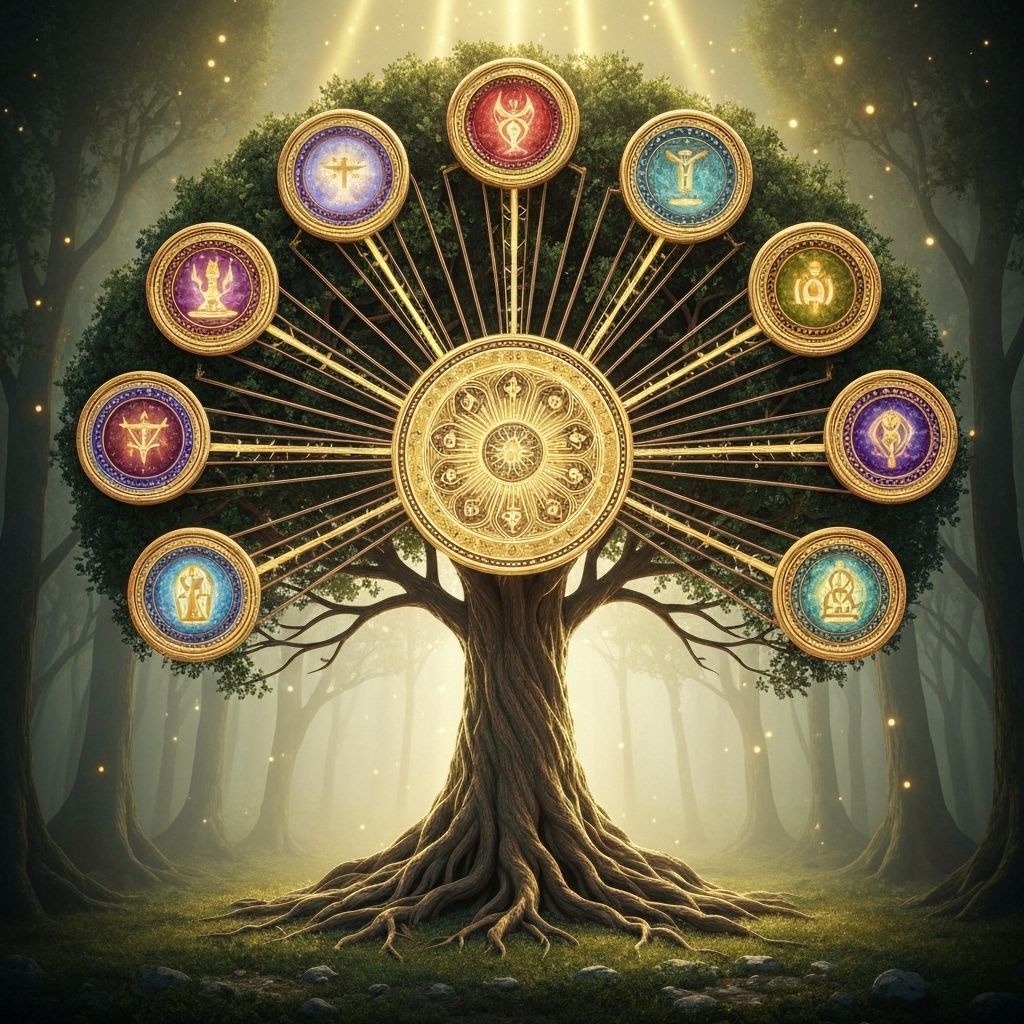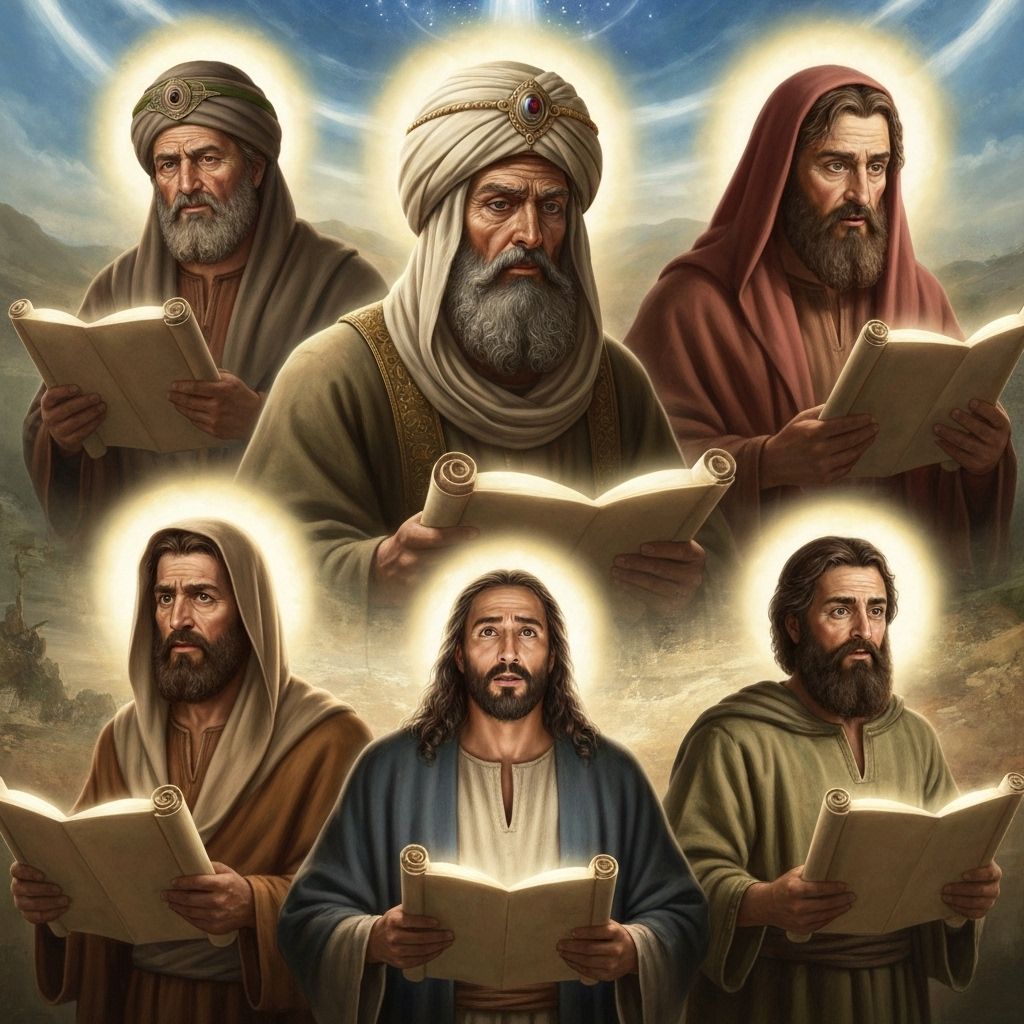3-Minute Summary
The Words of the Torah Explained with Help from Rashi and Ramban
Rashi (1040-1105) was a medieval French rabbi whose commentary on the Torah and Talmud is considered essential reading. His explanations focus on the plain meaning of the text and are known for their clarity and accessibility.
Ramban (1194-1270) was a Spanish rabbi, physician, and philosopher who provided deeper mystical and philosophical insights into the Torah, often building upon Rashi's work while adding his own profound interpretations.
Parsha Vayeilech ('And he went') marks Moses' final preparations before his death. He encourages Joshua, the new leader, assuring him of God's presence and support. Moses instructs the people to be strong and courageous, reminding them that God will never forsake them.
Moses commands the septennial public reading of the Torah (Hakhel) during the Sukkot festival in the Sabbatical year. This gathering of all Israel - men, women, children, and strangers - ensures that the Torah remains alive in the hearts of each generation through public proclamation.
God instructs Moses to write a song (which becomes Haazinu) and teach it to the people as a witness. Moses places the Torah scroll beside the Ark of the Covenant, symbolizing the eternal preservation of divine teaching. Finally, God shows Moses the Promised Land from Mount Nebo, though Moses will not enter it.
The parsha emphasizes the transition of leadership, the importance of Torah transmission, and the balance between human mortality and divine eternity.








